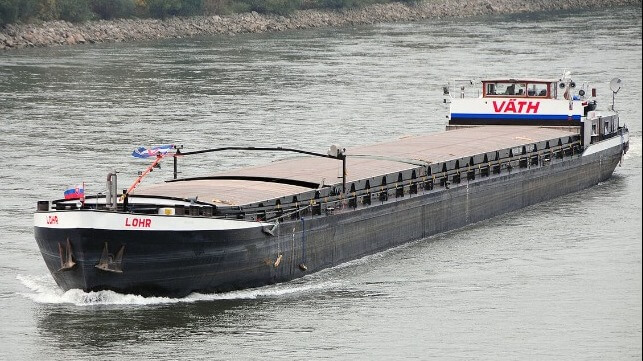Drought Threatens Major Rivers in the U.S. and Europe

For the past two weeks, mainstream media headlines have been awash with news of sweltering temperatures ravaging Europe and parts of North America. At least one segment – the recent record-setting heatwave in the UK – was made 10 times more likely due to climate change, according to the well-regarded World Weather Attribution group.
Quite noteworthy is the declining water level of major rivers, lakes and inland seas across the globe. These water bodies are a link to power, transportation, shipping and recreational activities for millions of people.
The Colorado River drought in the US is a classic case of falling dominoes in a country’s inland water system. Albeit overuse of the Colorado River basin is among several factors leading to its decline, climate change has exacerbated the situation. As the atmosphere becomes warmer, the Rocky Mountain snowpack that feeds the river is diminishing over time. Less water flow in the Colorado River basin means the $1.4 trillion economy it drives is in perils.
Lake Mead and Lake Powell, the two largest water reservoirs in USA, are supported by the Colorado River basin and have shrunk to record lows. Their combined storage has declined from 95 percent full in 2000 to approximately 25 percent full this year.
Last year, Boulder Harbor ramp, a major marina on the western shores of Lake Mead, had to close down. At the time, the channel depth was about two and a half feet deep - too low to provide safe lake access.
The Colorado River once flowed across the U.S border into Mexico, emptying into the Sea of Cortez. With the river barely passing the border, a once thriving marine ecosystem of the region’s delta is vanishing.
Across the Atlantic, the Danube, Europe’s second largest river, has also started showing signs of decline. The Danube’s lower reaches, which straddle Romania, have seen a significant water level drop.
Romania is a major grains and sunflower exporter in EU with part of its farms depending on Danube River basin for irrigation. The government has already warned that this year it could export much less corn after drought battered harvests. Water storage have been an issue, with levels about half of the multiyear average this year.
Besides agriculture, Danube’s low water levels in Romania also put at risk the river’s transportation and the output of the power plant along the river basin.
Meanwhile, the Rhine River has also been affected by the changing climatic regime. As one of Europe’s important inland waterways, its current low water levels is disconcerting, specifically in Germany.
“The Rhine is a crucial inland waterway, on which goods are shipped to and from the industrial heartlands of southern and western Germany. Low water levels mean that river barges will have to travel with reduced freight to limit their draft or even cease operating altogether,” Salomon Fiedler, an economist at Berenberg Bank, said in a note last week.
Recently, the water levels at Kaub, a key chokepoint for water-borne freight, stood at 71 centimeters (cm) - below the 78 cm level recommended benchmark for navigation.
Data from the Federal Institute for Hydrology in Germany shows that the water levels are likely to decline even further in coming weeks and stay below the benchmark for the foreseeable future. A normal water level at Kaub’s measuring station is usually around 200 cm.
Approximately 80 percent of Europe’s inland waterway freight transport relies on the Rhine River. It passes through major cities and ports like Cologne, Dusseldorf, Rotterdam and Basel.
In Germany, it is crucial for transporting agricultural products, coal, oil and chemicals. In the past, Germany’s manufacturing has been severely affected when the water levels on the river declined.
